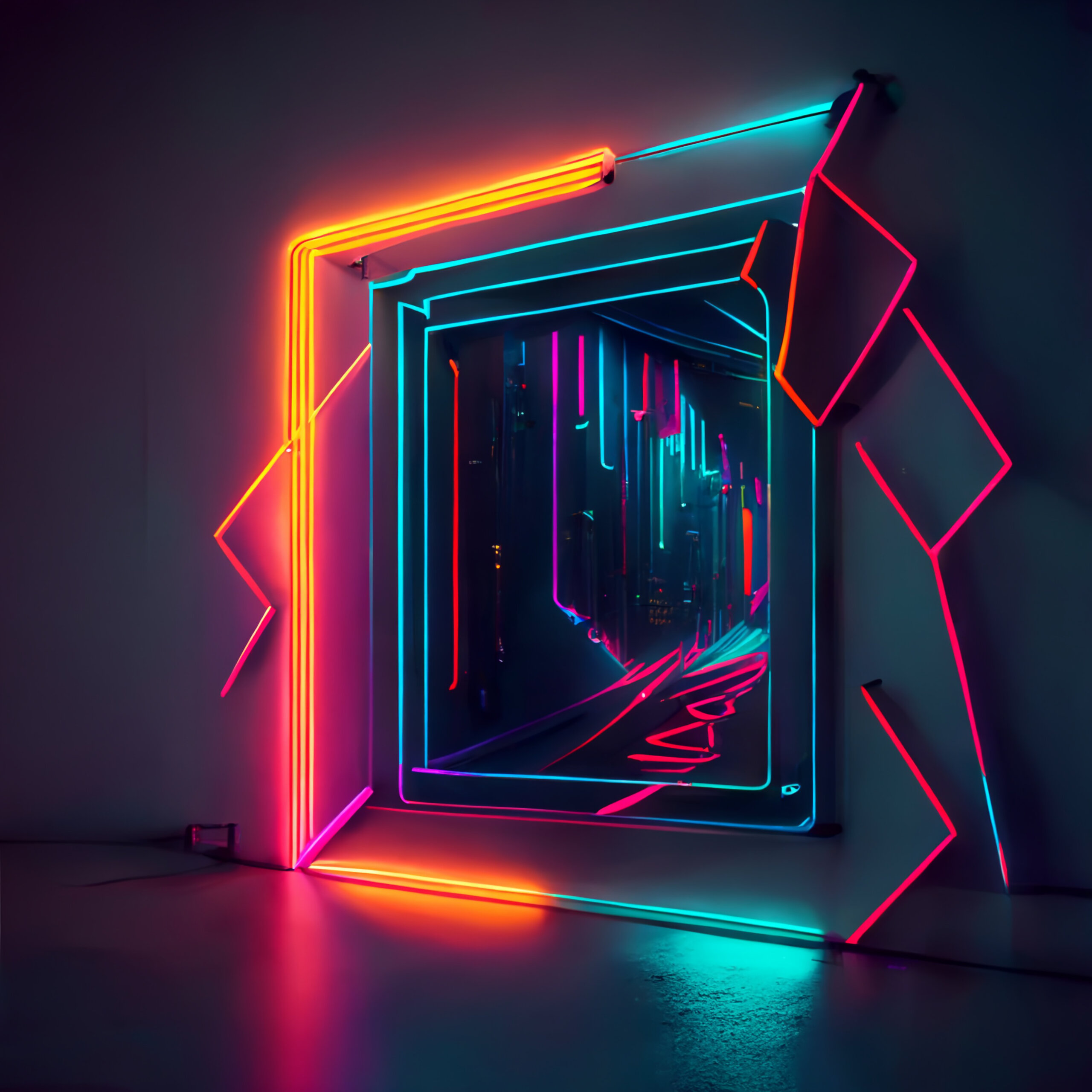
NFTs have become a popular investment option in recent times, with the potential to offer high returns on investment. If you’re interested in buying NFTs but don’t know where to start, this article will guide you. From setting up a crypto wallet and bagging some cryptocurrency to choosing the right NFT and finalizing the purchase, we’ll cover the necessary details on how to buy NFTs.
NFTs, or non-fungible tokens, are unique digital assets that represent ownership or proof of authenticity of a specific item or piece of content, using blockchain technology. Unlike cryptocurrencies such as Bitcoin or Ethereum, which are fungible and can be exchanged on a one-to-one basis, each NFT has distinct properties and cannot be mutually substituted. NFTs can represent various types of digital or physical assets, including artwork, music, videos, virtual real estate, collectibles, and more.
Each NFT is stored on a blockchain, typically on platforms like Ethereum, and its ownership and transaction history are publicly recorded, providing transparency and immutability. The use of blockchain technology ensures that NFTs cannot be replicated or tampered with, allowing for verifiable scarcity and provenance. NFTs have gained significant attention and popularity due to their potential to revolutionize digital ownership, enable new forms of creativity and monetization, and provide a way for creators, artists, and collectors to engage in unique digital experiences and transactions.
If you are looking for how to buy NFTs, you will need a crypto wallet, cryptocurrency, and an NFT marketplace. No need to fret if you do not already have one. You can create a crypto wallet on platforms like MetaMask and CENNZnet Wallet, which will serve as your digital NFT wallet. You will also need to buy cryptocurrency such as ETH or CPAY using an exchange or platform such as Easy Crypto NZ. Once you have a wallet and cryptocurrency, you can browse and purchase NFTs on various marketplaces.
When thinking of how to buy NFTs, the first requirements are a crypto wallet, cryptocurrency, and an NFT marketplace. Take your time to research and choose an NFT that suits your interests and budget.
To find and choose an NFT that suits your interest, budget, and taste, you can research the artist, rarity, quality, and value of the NFT. You can also browse popular NFT marketplaces. Each marketplace offers different NFTs with varying price ranges, styles, and themes. Take your time to explore the options and select an NFT that you love and believe is worth the investment.
Purchasing your dream NFT is an easy process. These steps would guide you on how to buy NFTs on a marketplace using your crypto wallet.
With the growing NFT scene in New Zealand and worldwide, investing in NFTs can be a fun and potentially profitable venture for collectors and creators.
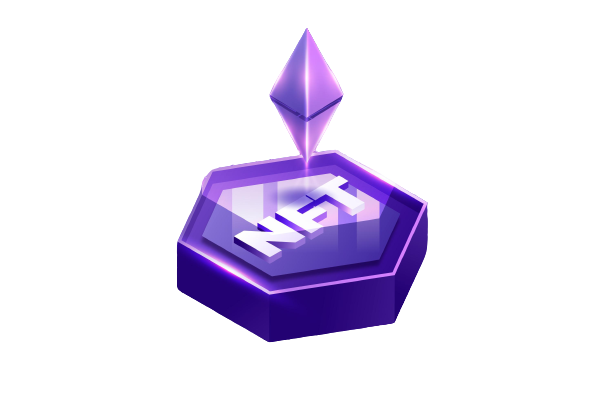
NFTs, or non-fungible tokens, are unique digital assets that represent ownership or proof of authenticity of a specific item or piece of content, using blockchain technology. Unlike cryptocurrencies such as Bitcoin or Ethereum, which are fungible and can be exchanged on a one-to-one basis, each NFT has distinct properties and cannot be mutually substituted. NFTs can represent various types of digital or physical assets, including artwork, music, videos, virtual real estate, collectibles, and more.
Each NFT is stored on a blockchain, typically on platforms like Ethereum, and its ownership and transaction history are publicly recorded, providing transparency and immutability. The use of blockchain technology ensures that NFTs cannot be replicated or tampered with, allowing for verifiable scarcity and provenance. NFTs have gained significant attention and popularity due to their potential to revolutionize digital ownership, enable new forms of creativity and monetization, and provide a way for creators, artists, and collectors to engage in unique digital experiences and transactions.
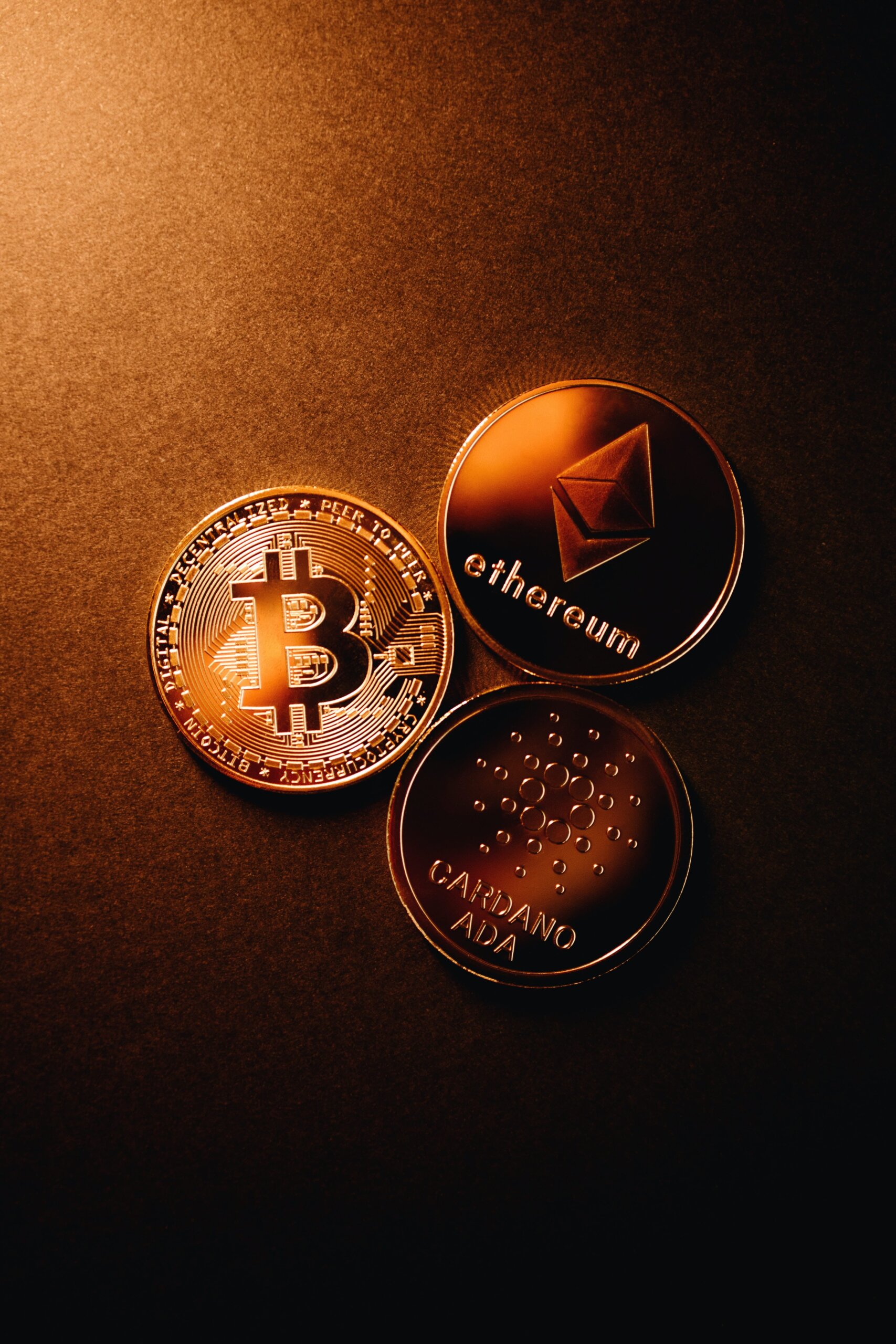
NFTs, cryptocurrency, and the blockchain are interconnected concepts, but they have distinct characteristics and serve different purposes.
In 2012, the advent of Coloured Coins marked the first instance of NFTs. Coloured Coins enabled users to “colour” Bitcoins with additional data, allowing representation of diverse assets like stocks, bonds, property rights, and collectibles. This breakthrough laid the foundation for the development of more intricate digital assets capable of representing unique items.
In 2014, the game Spells of Genesis pioneered the concept of digital collectibles. Players could earn distinctive cards within the game, which could then be traded with other players. These digital cards were securely stored on the Bitcoin blockchain, ensuring their immutability and verifying their rarity. Spells of Genesis marked a significant step forward for NFTs by demonstrating the potential value of unique digital items.
The year 2017 witnessed the birth of the first NFT marketplace, CryptoPunks. This platform introduced 10,000 algorithmically generated 8-bit characters known as CryptoPunks. Each CryptoPunk possessed its own unique attributes, such as hats or glasses, and could be purchased, sold, or traded. CryptoPunks rapidly gained popularity in the crypto community, with some characters fetching millions of dollars. Its success showcased the substantial value NFTs could hold and paved the way for the development of more sophisticated NFTs.
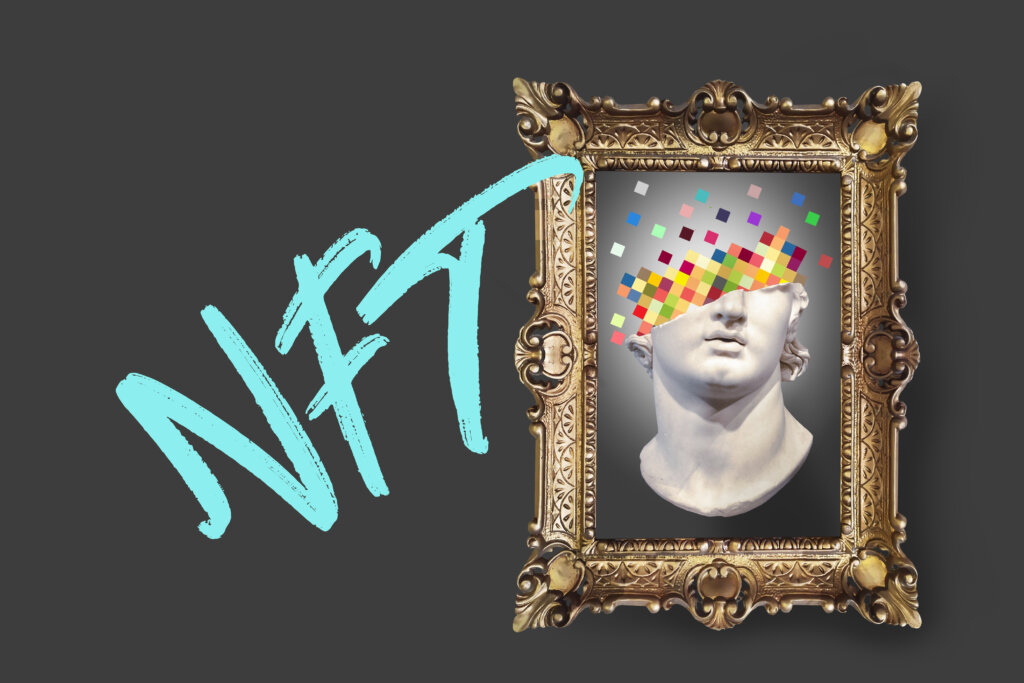
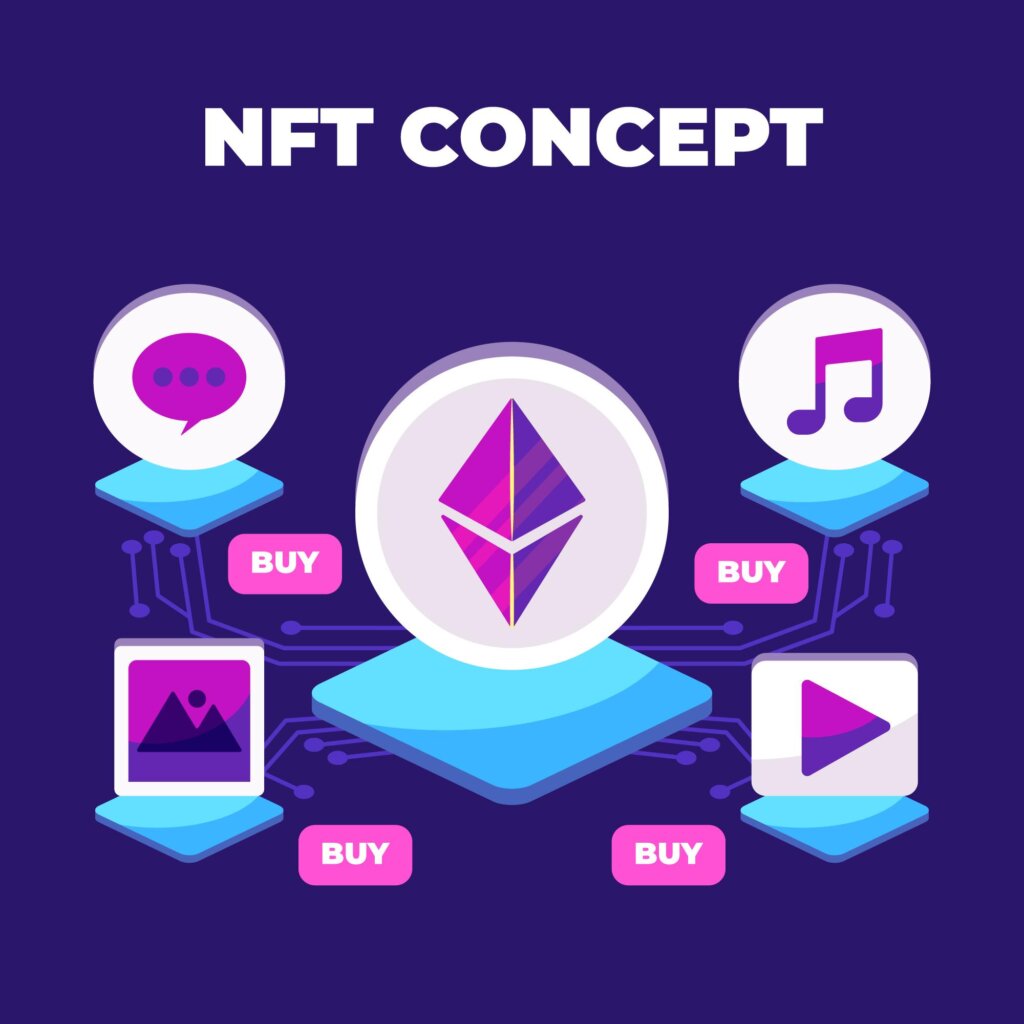
In 2019, Axie Infinity revolutionized NFTs by introducing NFT-based gaming. Axie Infinity immersed players in a virtual world where they could collect, breed, and engage in battles with digital creatures known as Axies. Each Axie represented a unique NFT, enabling players to participate in buying, selling, and trading these digital assets on the game’s marketplace. Axie Infinity’s remarkable success witnessed Axies being sold for staggering amounts, reaching tens of thousands of dollars. This breakthrough highlighted the potential for NFTs to revolutionize gaming and interactive digital experiences.
The year 2021 witnessed an explosive growth of the NFT market, capturing widespread attention through numerous high-profile sales. In March 2021, the artist Beeple’s digital artwork titled “Everydays: The First 5000 Days” sold for a staggering $69 million at a Christie’s auction. This sale marked a pivotal moment for NFTs, demonstrating that digital art could command significant value. Subsequently, other notable NFT sales followed suit, including Twitter CEO Jack Dorsey’s tweet selling for $2.9 million and the sale of a digital house for $500,000. These remarkable transactions propelled NFTs into the mainstream spotlight, igniting a flurry of activity and excitement within the NFT market.
People buy NFTs for a variety of reasons, driven by the unique characteristics and benefits that NFTs provide. One reason is the desire for ownership and authenticity. NFTs serve as digital certificates that establish ownership and prove the originality of a specific item or content. Collectability and rarity also play a significant role, as NFTs have become popular digital collectibles with limited availability, attracting collectors who appreciate the scarcity and uniqueness of these items.
Another motivation is supporting artists and creators directly. NFTs offer a new avenue for artists to monetize their work, allowing individuals to purchase NFTs and provide direct compensation to the artists they admire, enabling them to continue their creative pursuits. Some individuals see NFTs as investment opportunities, hoping to benefit from the potential appreciation in value over time. NFTs can also grant access to exclusive content, experiences, or benefits, such as virtual events or early access to releases.
In the realm of gaming and virtual worlds, NFTs allow players to own and trade unique in-game items, characters, or virtual real estate, enhancing the gaming experience and providing a sense of ownership within virtual environments. Additionally, for cryptocurrency enthusiasts, NFTs offer a way to combine their interest in digital assets and blockchain technology with their passion for art, collectibles, or virtual experiences. NFTs leverage blockchain technology and can be bought, sold, and traded using cryptocurrencies.
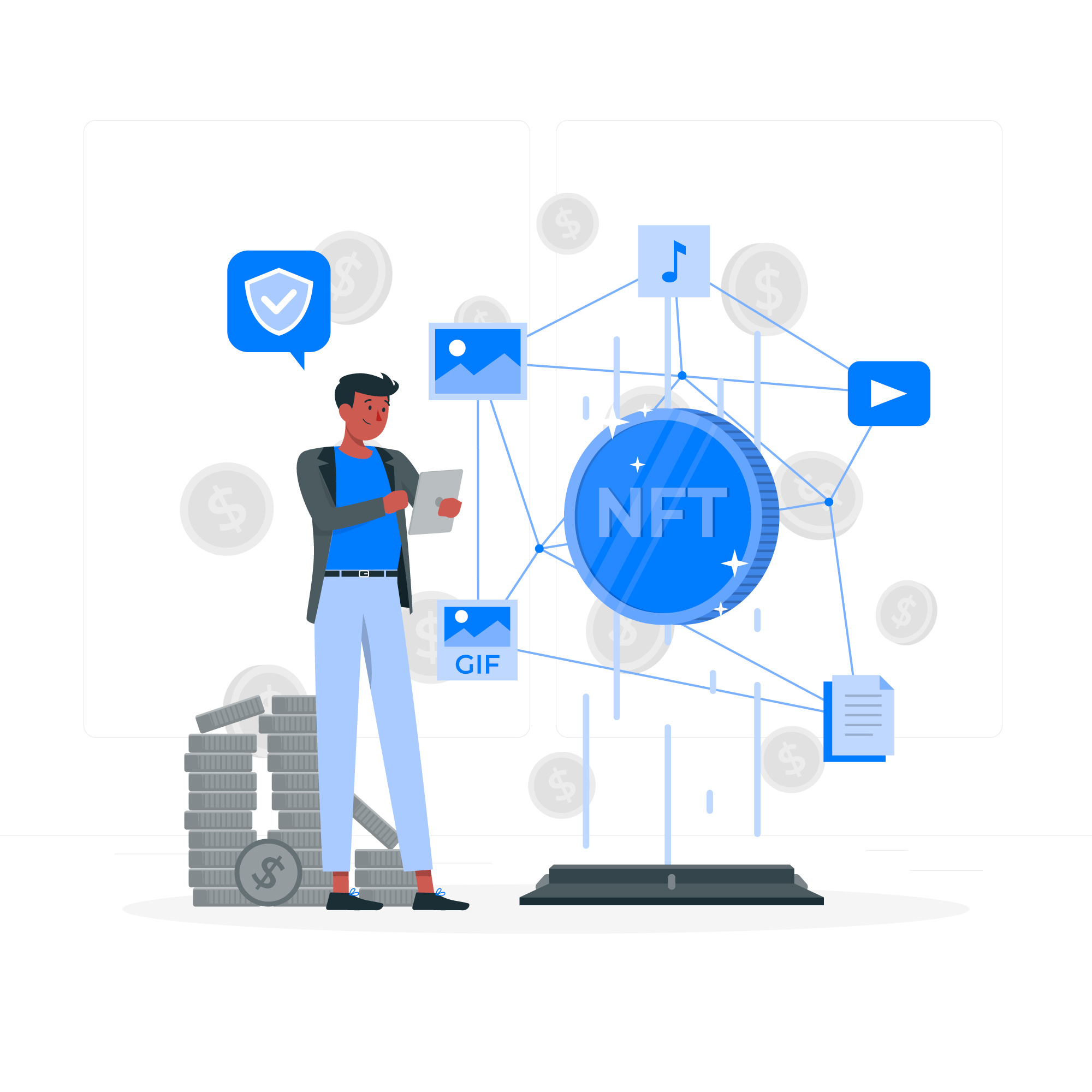
When purchasing an NFT, it is crucial to consider various factors to make informed decisions. Firstly, verifying the authenticity and ownership of the NFT is essential. This involves researching the source, creator’s reputation, and any verification or authentication processes associated with the NFT.
Secondly, the rarity and scarcity of the NFT should be evaluated. Limited editions or unique attributes often enhance value, so it’s important to gather information about the total supply, edition numbers, and exclusive features. The quality and appeal of the digital asset attached to the NFT also play a significant role. Assessing its artistic or creative value, visual aesthetics, and personal preferences is crucial in making a satisfying purchase.
Understanding the current market demand and trends for NFTs is another important consideration. Researching popular collections, artists, and the overall interest in a specific category or theme can provide insights into potential value and future resale opportunities. Evaluating the long-term value and utility of an NFT is also essential. Factors such as the creator’s reputation, historical sales data of similar NFTs, and any additional benefits or utility the NFT offers should be taken into account.
Transaction costs and fees, including gas fees and platform charges, must be understood and factored into the budget. Thorough research and due diligence are critical before finalizing a purchase. Exploring different marketplaces, comparing prices, reading reviews, and seeking expert opinions can mitigate risks and increase confidence in the buying process.
By considering these factors, buyers can make informed decisions aligned with their interests, preferences, and investment goals in the dynamic world of NFTs.
Some popular NFT collections include:
NFTs are gaining recognition and popularity in New Zealand, accompanied by challenges and opportunities. The lack of clear regulations and tax laws poses a hurdle for creators and collectors to comply with the law. However, these challenges have opened new avenues for artists and collectors in the country, with local artists embracing NFTs as a means to monetize their artwork. This trend is expected to continue as NFTs become more mainstream. Notable New Zealanders like Lorde, Taika Waititi, and Parris Goebel have joined the NFT movement, with Lorde releasing an exclusive vinyl edition of her album Solar Power accompanied by digital artwork, Taika Waititi creating an original hand-drawn sketch as a fundraiser, and Parris Goebel launching her collection of dance videos through an Auckland-based NFT business called Glorious.
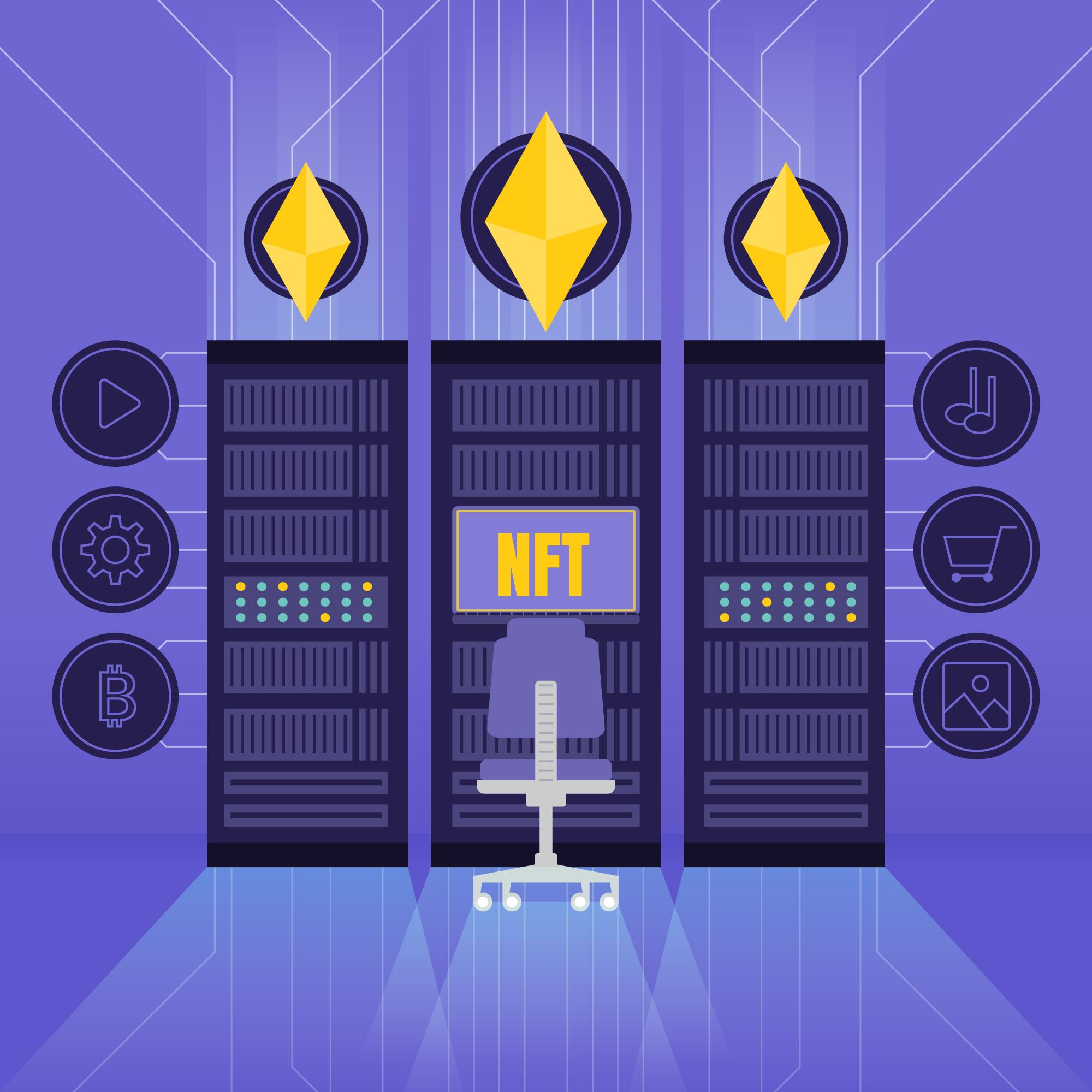
NFT marketplaces are online platforms where individuals can buy, sell, and trade non-fungible tokens (NFTs). They provide a central hub for NFT transactions, allowing creators to list their NFTs for sale and buyers to browse and purchase based on price and other factors. Ownership is transferred to the buyer’s wallet upon completion, and marketplaces often offer additional features for trust and engagement.
NFT marketplaces are digital platforms where users can buy, sell, and trade non-fungible tokens (NFTs). Users register, set up wallets, and creators list their NFTs with metadata and prices. Buyers browse, view details, and make purchases by authorizing payment. Ownership is transferred on the blockchain, and marketplaces may have secondary markets and community engagement features.
Minting is the process of turning a digital asset into an NFT by attaching a unique token identifier and recording it on the blockchain. Artists and creators create the digital asset, prepare metadata, choose a blockchain platform, and upload the asset and metadata to mint the NFT. Minting fees are paid, and once the transaction is confirmed on the blockchain, the NFT is officially minted, establishing its uniqueness and ownership. This allows creators to showcase and sell their NFTs while providing collectors a way to own and trade these unique digital assets.
© 2025 nftguide.nz